MT40A512M16LY-062E IT:E Datasheet, Features and Application
DDR (Double Data Rate) memory technology has undergone significant advancements since its inception. The evolution of DDR memory culminated in the introduction of DDR4 SDRAM, which brought significant enhancements in performance, capacity, and reliability. This progress led to the development of high-performance modules like the MT40A512M16LY-062E IT:E. This DDR4 SDRAM module embodies these advancements, offering blazing-fast data speeds and high capacity for modern computing needs. In this article, we will explore the MT40A512M16LY-062E IT:E features, pin configuration, applications, datasheet, and more details about this DDR4 SDRAM module.

MT40A512M16LY-062E IT:E Description
The MT40A512M16LY-062E IT:E is a DDR4 x16 memory IC of DDR4 SDRAM (Synchronous Dynamic Random-Access Memory) module manufactured by Micron Technology. Here's a breakdown of its key components:
- MT40A: This is a prefix used by Micron to identify its DDR4 SDRAM products.
- 512M16: This indicates that the module has a capacity of 512 megabits (Mb) and is organized as 16 megabytes (MB) x 16 bits.
- LY: This part of the model number is a code that represents the DRAM technology and other features specific to Micron.
- 062E: This portion of the model number denotes the module's speed grade. In this case, "062E" indicates a speed grade of DDR4-2666, meaning the module has a maximum data transfer rate of 2666 MT/s (million transfers per second).
- IT: This suffix typically denotes the temperature range for which the module is rated. "IT" often indicates an industrial temperature range, meaning the module is designed to operate reliably in harsher environmental conditions compared to commercial-grade components.
This memory module offers high-speed data storage and retrieval capabilities, making it an integral component in a wide range of electronic devices, from smartphones and laptops to servers and networking equipment.
Features & Specifications
| Type | Parameter |
|
Technology
|
SDRAM - DDR4
|
| Memory Type | Volatile |
|
Memory Format
|
DRAM |
|
Memory Size
|
8Gbit |
| Memory Organization | 512M x 16 |
|
Memory Interface
|
Parallel
|
|
Clock Frequency
|
1.6 GHz
|
| Access Time | 13.75 ns |
| Supply Voltage | 1.14V ~ 1.26V |
| Operating Temperature | -40°C ~ 95°C (TC) |
| Package / Case | FBGA-96 |
MT40A512M16LY-062E IT:E Functional Block Diagram

MT40A512M16LY-062E IT:E Pin Configuration

MT40A512M16LY-062E IT:E Simplified State Diagram

The Function of MT40A512M16LY-062E IT:E
The MT40A512M16LY-062E IT:E DDR4 SDRAM module is a high-speed dynamic random-access memory configured with sixteen banks internally (4 bank groups with 4 banks each for x4/x8 devices, and 2 bank groups with 4 banks each for x16 devices). It uses a double data rate (DDR) architecture for high-speed operation. The DDR4 architecture is based on an 8n-prefetch architecture, allowing it to transfer two data words per clock cycle at the I/O pins. A single read or write access for a device module effectively consists of a single 8n-bit-wide, four-clock-cycle data transfer at the internal DRAM core and eight corresponding n-bit-wide, one-half-clock-cycle data transfers at the I/O pins.
Read and write accesses to the device are burst-oriented, starting at a selected location and continuing for a burst length of eight or a chopped burst of four in a programmed sequence. Operation begins with the registration of an ACTIVE command, followed by a READ or WRITE command. The address bits registered coincident with the ACTIVE command are used to select the bank and row to be accessed (BG[1:0] selects the bank group for x4/x8, and BG0 selects the bank group for x16; BA[1:0] select the bank, and A[17:0] select the row). The address bits registered coincident with the READ or WRITE command are used to select the starting column location for the burst operation, determine if the auto PRECHARGE command is to be issued (via A10), and select BC4 or BL8 mode on-the-fly (OTF) (via A12) if enabled in the mode register.
Before normal operation, the device must be powered up and initialized in a predefined manner. The following sections provide detailed information on device reset and initialization, register definition, command descriptions, and device operation.
Note: The NOP command is allowed only when exiting maximum power-saving mode or when entering gear-down mode.
How the MT40A512M16LY-062E IT:E Ensures Data Security
In modern electronics, especially in data-sensitive applications, security is paramount. The MT40A512M16LY-062E IT:E is equipped with a range of security features to ensure data integrity and protect against unauthorized access. Here's an overview of its key security features:
- Error Checking and Correction (ECC): The MT40A512M16LY-062E IT:E supports ECC, which helps detect and correct errors in data storage and transmission, enhancing data reliability.
- Temperature Monitoring: The memory module includes temperature sensors to monitor the operating temperature. This feature helps prevent overheating, which can lead to data loss or corruption.
- Secure Erase: MT40A512M16LY-062E IT:E supports a secure erase feature, which allows for the complete deletion of data stored on the memory module, ensuring that sensitive information cannot be recovered.
- Encryption Support: The memory module may support hardware-accelerated encryption, providing an added layer of security for data stored on the device.
- Access Controls: The MT40A512M16LY-062E IT:E may include features such as access controls to limit who can access the memory and what operations they can perform, helping to prevent unauthorized access.
- Physical Security: The module's physical design may include features to enhance security, such as tamper-evident packaging or physical locks, to protect the memory from physical attacks.
In data-sensitive applications, it's essential to implement secure data storage practices. This includes encrypting sensitive data, regularly updating security protocols, and ensuring that only authorized personnel have access to the memory module. The security features of the MT40A512M16LY-062E IT:E makes it a reliable choice for applications requiring high levels of data security.
Advantages of MT40A512M16LY-062E IT:E
High Data Transfer Rates: MT40A512M16LY-062E IT:E offers high data transfer rates, making it suitable for applications that require fast and efficient memory access. This is particularly beneficial for tasks such as gaming, multimedia editing, and data processing, where speed is crucial.
Improved Bandwidth Efficiency: The MT40A512M16LY-062E IT:E is designed to improve bandwidth efficiency, allowing for more data to be transferred in a given amount of time. This can lead to better overall system performance and responsiveness.
Low Power Consumption: Despite its high performance, MT40A512M16LY-062E IT:E is designed to consume low power. This is important for mobile devices and other applications where power efficiency is a key consideration. The low power consumption helps to extend battery life and reduce heat generation.
How to Programme and Configure MT40A512M16LY-062E IT:E
To program and configure the MT40A512M16LY-062E IT:E memory module, you typically need to follow the guidelines provided in the datasheet or technical documentation provided by Micron Technology. Here are the general steps involved in programming and configuring such a memory module:
- Understanding the Datasheet: Start by thoroughly reading the datasheet of the MT40A512M16LY-062E IT:E memory module. This will provide you with detailed information about the module's features, specifications, and programming requirements.
- Interface Compatibility: Ensure that the memory module is compatible with the interface (e.g., DDR4) and the system you are using.
- Power Supply: Provide the correct power supply voltage and ensure proper power sequencing as per the datasheet.
- Timing Parameters: Set the timing parameters such as CAS latency (CL), RAS to CAS delay (tRCD), and other parameters according to the specifications provided in the datasheet.
- Initialization: Initialize the memory module according to the initialization sequence specified in the datasheet. This may include configuring mode registers and other settings.
- Testing and Verification: After programming and configuring, perform thorough testing and verification to ensure that the memory module is functioning correctly.
- Operating Environment: Ensure that the memory module is operated within its specified temperature and voltage ranges.
- Software Configuration: Depending on the application, you may need to configure the memory module using software. Refer to the datasheet for details on how to do this.
- Documentation: Keep detailed documentation of the programming and configuration settings for future reference.
It's crucial to refer to the specific datasheet and guidelines provided by Micron Technology for programming and configuring the MT40A512M16LY-062E IT:E memory module, as the exact steps may vary based on the application and system requirements.
How to Design with MT40A512M16LY-062E IT:E
Designing with MT40A512M16LY-062E IT:E requires careful consideration of circuit design, PCB layout, and signal integrity to ensure optimal performance and reliability. Here are key aspects to consider:
1. Circuit Design Considerations:
- Ensure proper termination of signal lines to minimize reflections and signal integrity issues.
- Use appropriate decoupling capacitors near the device to stabilize power supply voltages and reduce noise.
- Follow the recommended operating conditions and interface specifications provided in the datasheet.
2. PCB Layout Guidelines:
- Place the MT40A512M16LY-062E IT:E device close to the memory controller to minimize trace lengths and signal degradation.
- Use a four-layer PCB design with dedicated signal, power, and ground planes to reduce noise and crosstalk.
- Follow recommended routing guidelines to maintain signal integrity and minimize electromagnetic interference (EMI).
3. Designing for Signal Integrity and Reliability:
- Use impedance-controlled traces for high-speed signals to maintain signal integrity.
- Minimize the use of vias and avoid routing high-speed traces over split planes to reduce signal reflections.
- Perform signal integrity analysis and simulation to verify the design meets timing and voltage specifications.
By following these guidelines, designers can ensure that MT40A512M16LY-062E IT:E is integrated effectively into their designs, providing reliable performance in demanding applications.
MT40A512M16LY-062E IT:E Application
The MT40A512M16LY-062E IT:E memory module is designed for use in a wide range of applications that require high-speed and reliable memory performance. Some common applications include:
- Computing: Used in servers, desktop computers, and laptops to enhance system performance and multitasking capabilities.
- Networking: Used in routers, switches, and network appliances to handle data processing and traffic management.
- Storage Solutions: Used in solid-state drives (SSDs) and other storage devices to improve data access speeds and overall storage performance.
- Embedded Systems: Used in industrial automation, automotive, and other embedded systems for data processing and storage.
- Telecommunications: Used in telecommunication equipment for handling data processing and network management tasks.
- Consumer Electronics: Used in gaming consoles, digital cameras, and other consumer electronics devices for data storage and processing.
- Medical Devices: These devices store and process data in medical imaging equipment, patient monitoring systems, and other medical devices.
- Military and Aerospace: Used in military and aerospace applications where ruggedness and reliability are critical.
- Industrial Control Systems: Used in industrial control systems for data processing and control tasks.
- Automotive Electronics: Used in automotive electronics for data storage and processing in vehicles.
The MT40A512M16LY-062E IT:E memory module's high speed, reliability, and security features make it suitable for a wide range of applications where performance and data integrity are crucial.
MT40A512M16LY-062E IT:E Package

MT40A512M16LY-062E IT:E Manufacturer
The MT40A512M16LY-062E IT:E memory module is manufactured by Micron Technology, Inc., an American producer of computer memory and computer data storage, including dynamic random-access memory, flash memory, and USB flash drives. Micron Technology is known for its high-quality memory products used in a variety of applications, including consumer electronics, computing, networking, and automotive. The company is a major player in the memory industry, with a strong focus on research and development to stay at the forefront of memory technology. Micron's products are widely used in smartphones, tablets, laptops, servers, and other electronic devices.
MT40A512M16LY-062E IT:E Datasheet
Download MT40A512M16LY-062E IT:E Datasheet PDF.
Conclusion
The MT40A512M16LY-062E IT:E DDR4 SDRAM offers high data transfer rates, improved bandwidth efficiency, and low power consumption, making it a compelling choice for modern electronic devices. Programming and configuring the MT40A512M16LY-062E IT:E requires attention to initialization and configuration settings, as well as utilizing memory controllers for efficient data transfer. Following programming considerations and best practices ensures optimal performance and reliability.
Read More
FAQ
-
What is the MT40A512M16LY-062E IT:E speed?
It has a maximum data transfer rate of 2666 MT/s (million transfers per second).
-
What is the MT40A256M16LY-062E compatible with?
The MT40A256M16LY-062E is compatible with all major PCB tools, crystals, oscillators, resonators, development boards, kits, programmers, integrated circuits (ICs), isolators, RF/IF, RFID, sensors, and transducers.
-
What does DDR4 SDRAM stand for?
DDR4 stands for Double Data Rate Fourth Generation, which is a type of random access memory (RAM). It falls under the category of SDRAM (synchronous dynamic random access memory), meaning that it is synchronized with the clock speed the RAM is optimized for.

 Prof. David Reynolds
Prof. David Reynolds

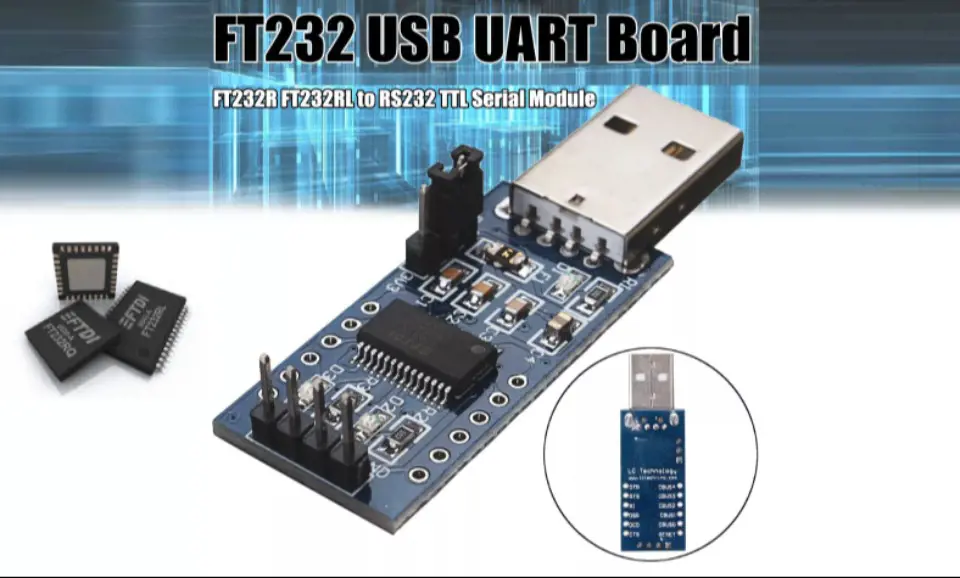

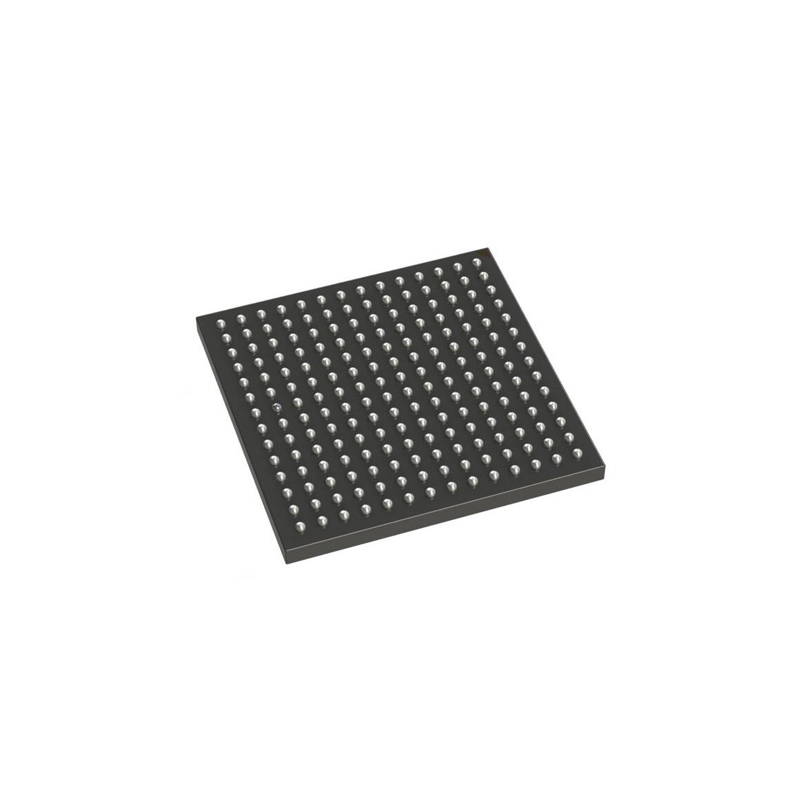
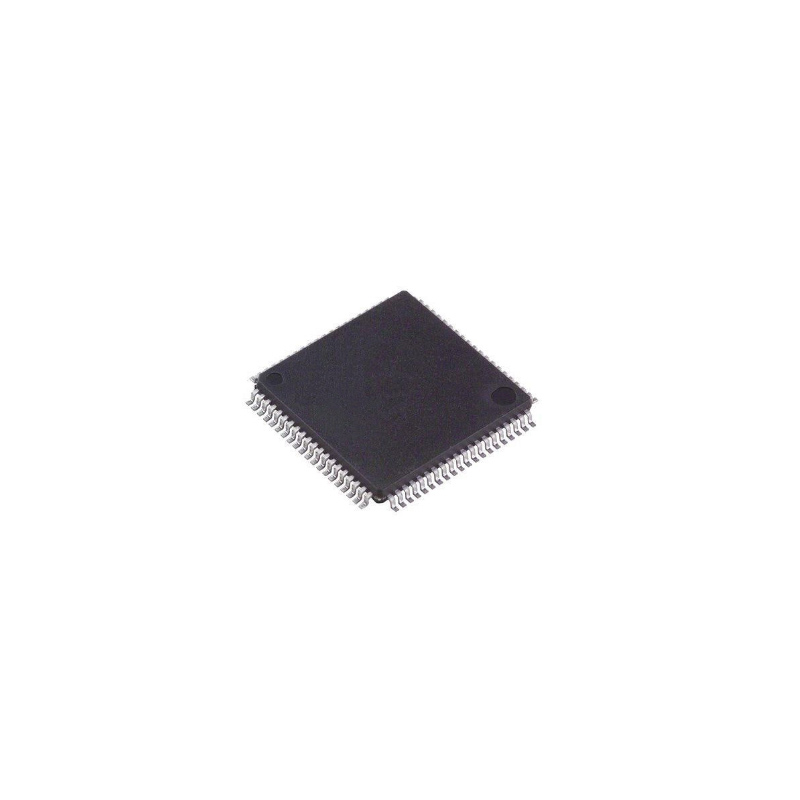
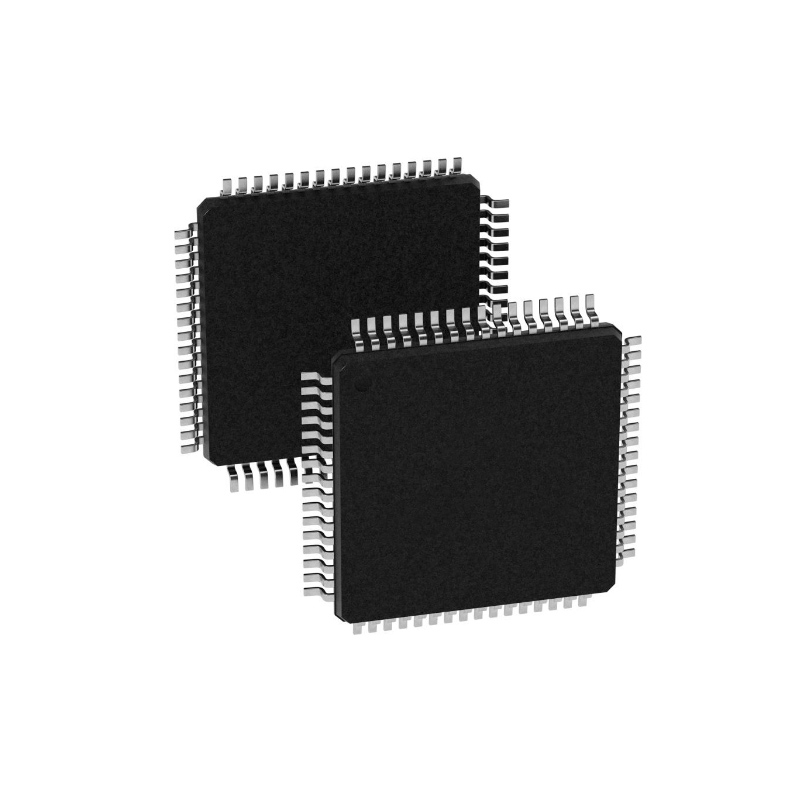
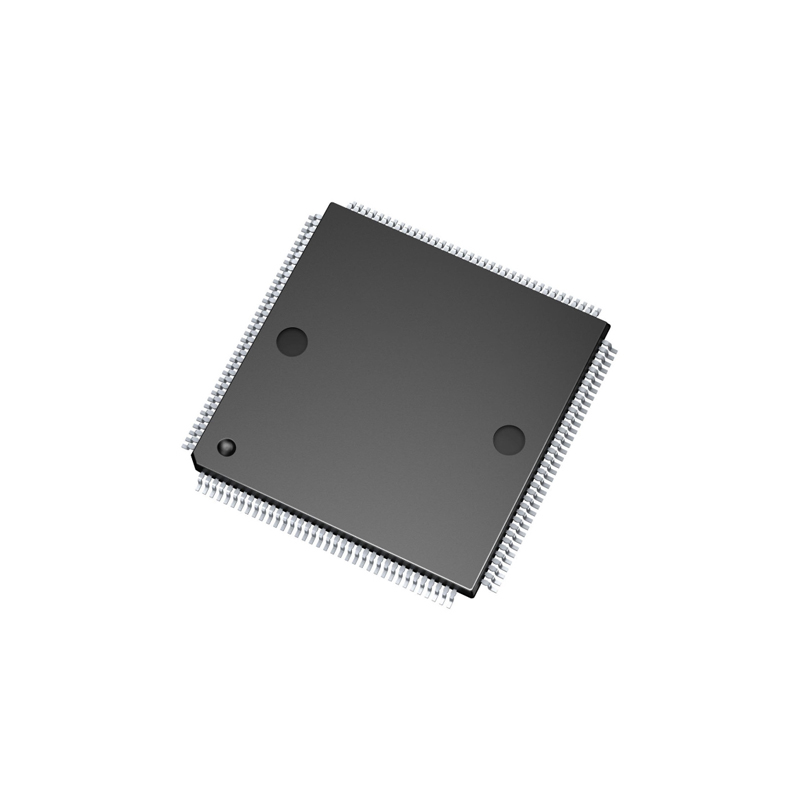
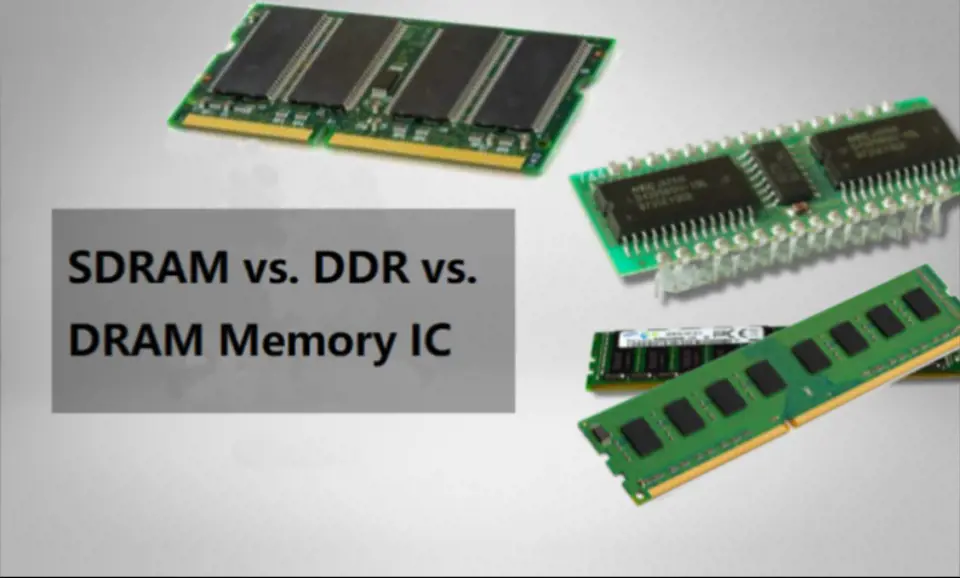
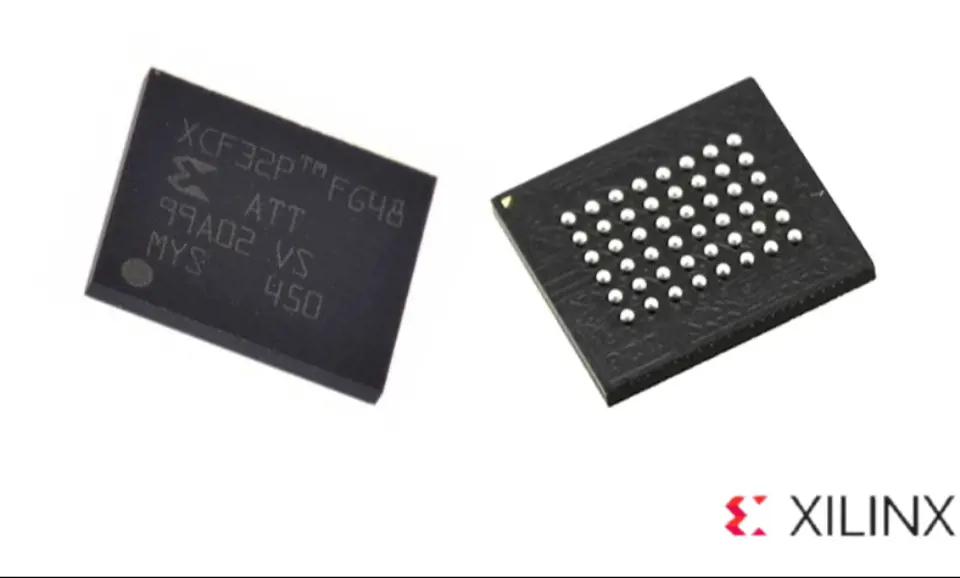
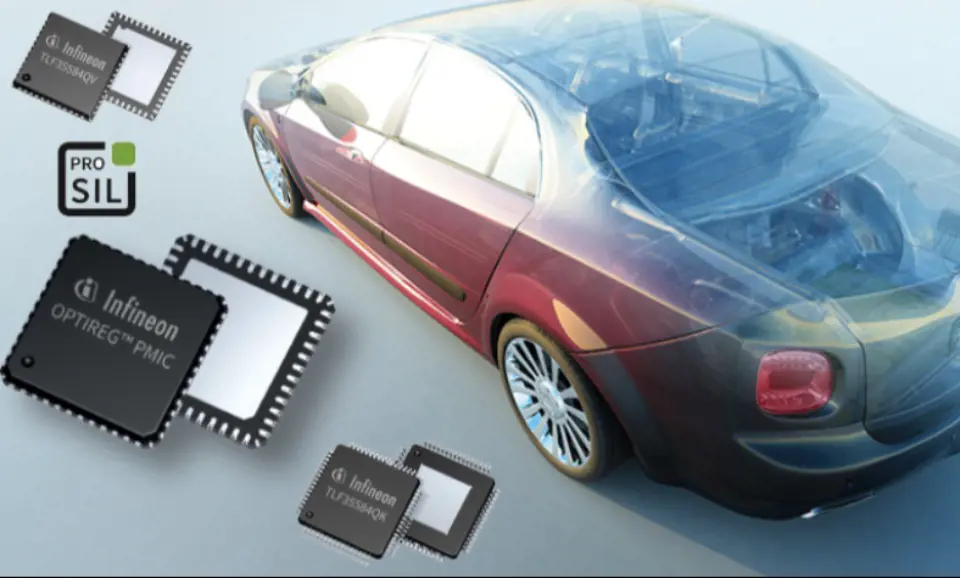
Still, need help? Contact Us: [email protected]